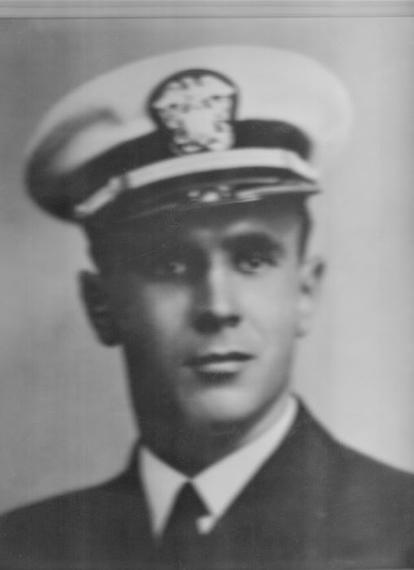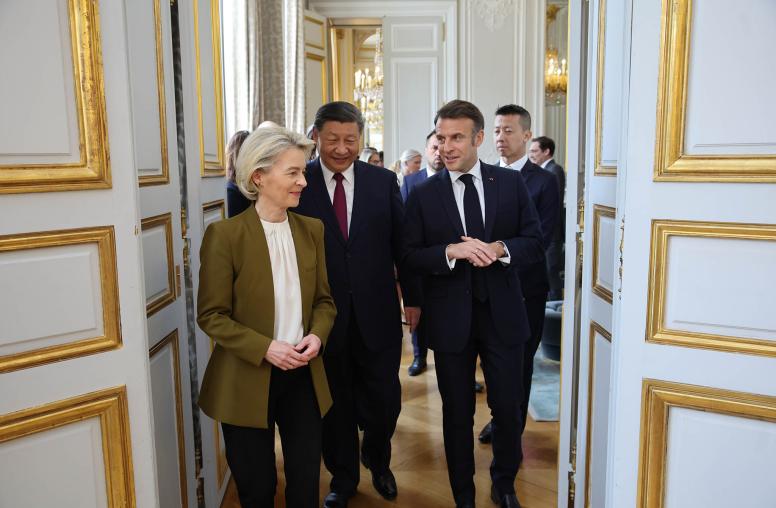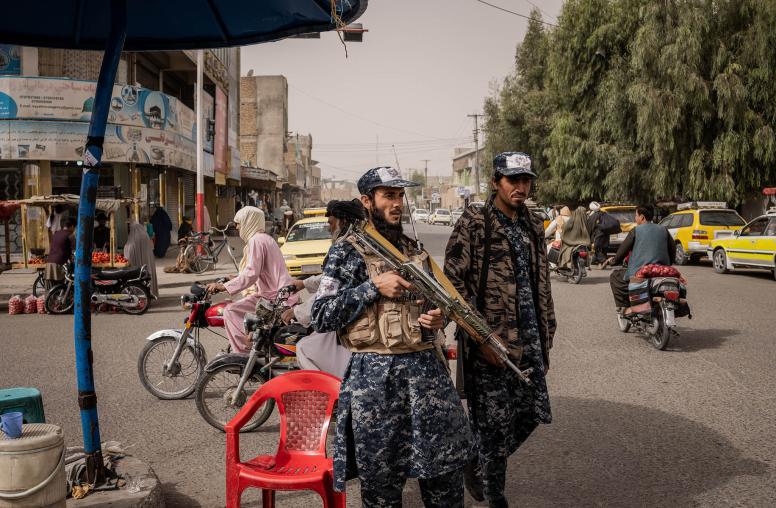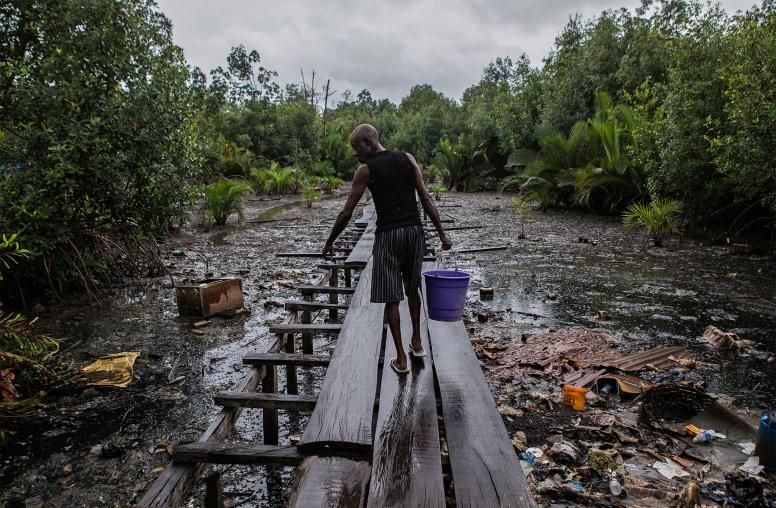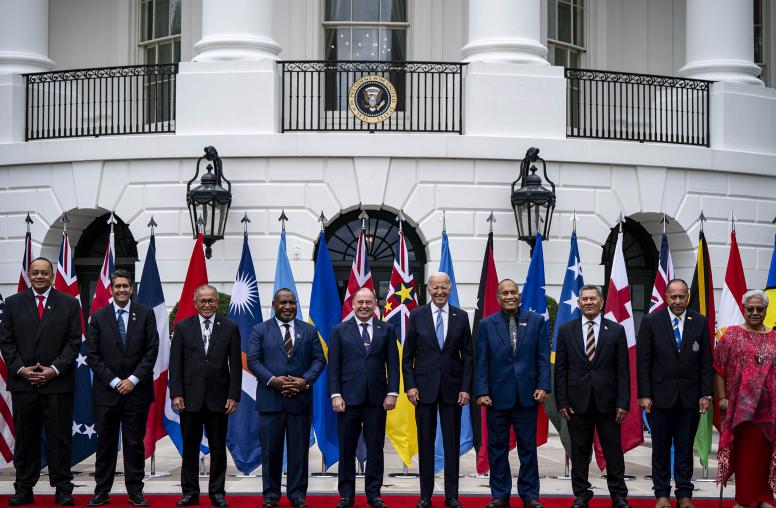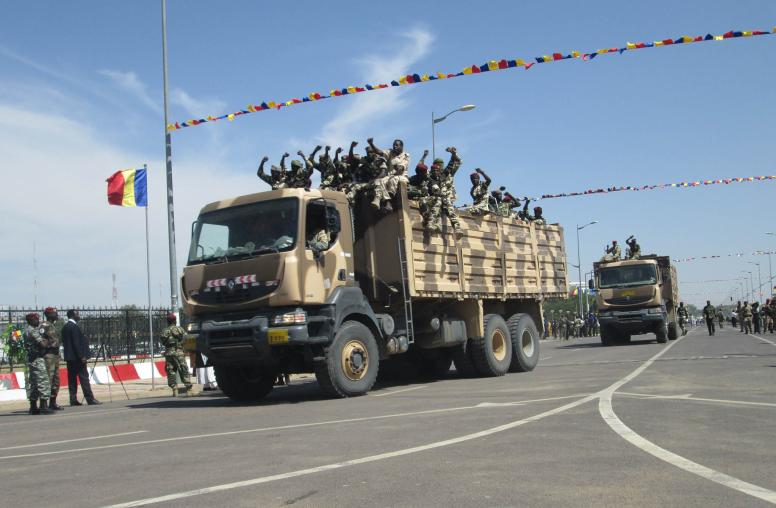The U.S. Institute of Peace will join next week in America’s 100th annual remembrance of those who have served our nation in its armed forces. USIP also honors a special debt to veterans who 35 years ago led Congress in founding the Institute. In large measure, this national institution for building peace was created by those Americans who most painfully understood the costs of war. Dozens of these were World War II veterans who rose to service and fame in Congress. But we also recall less acclaimed veterans like Milton (“Mike”) Mapes, who led a citizens’ campaign to strengthen America’s capacity to build peace.
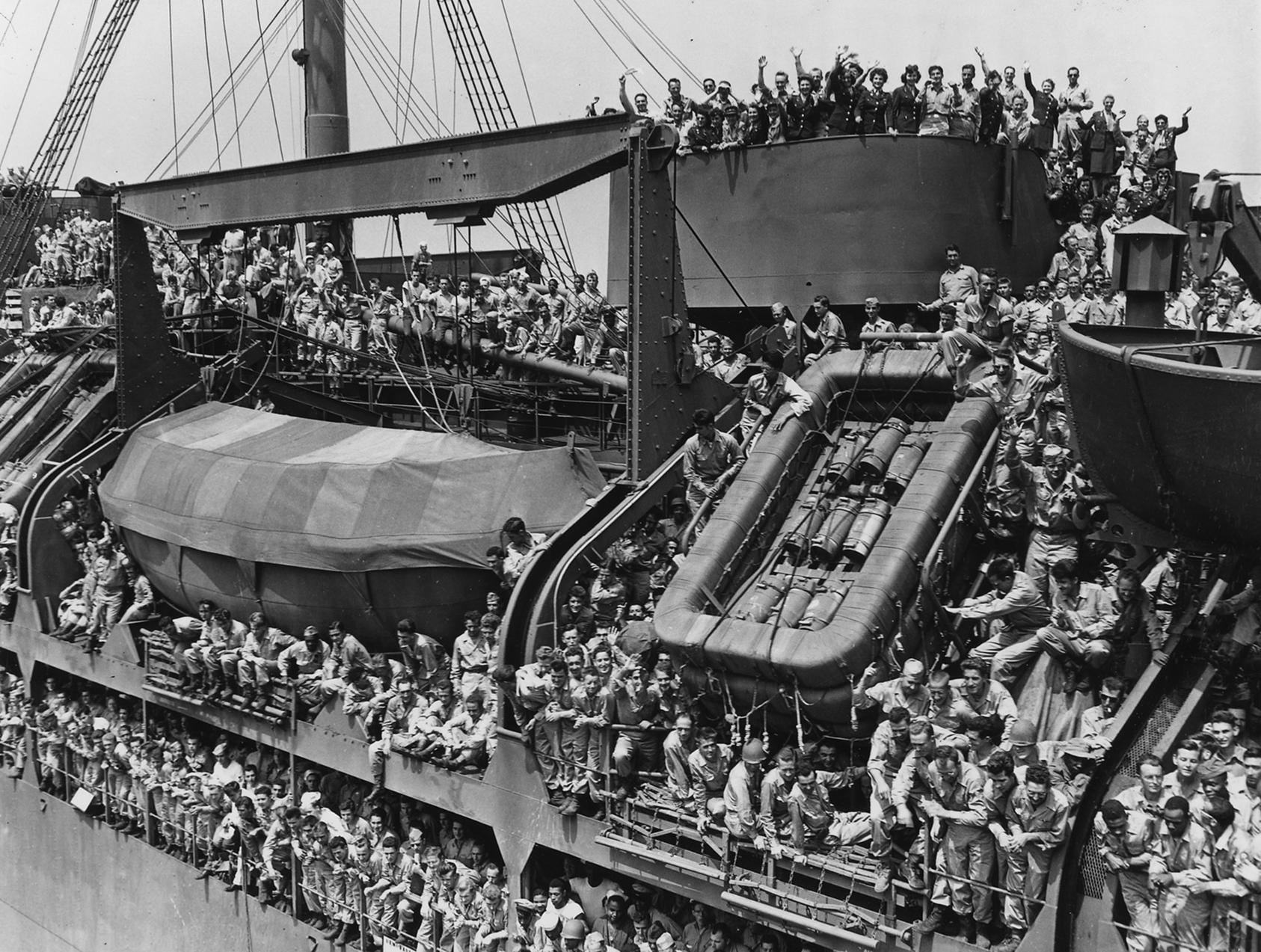
When President Ronald Reagan signed USIP’s founding legislation in 1984, its nationally known sponsors included two former World War II lieutenants—Senators Mark Hatfield of Oregon and Spark Matsunaga of Hawaii. They were backed by a bipartisan group of 55 Senate co-sponsors that included 35 military veterans. Nineteen of them had served during the Second World War and many were nationally renowned.
Louisiana’s Russell Long had enlisted in the Navy and won four battle stars hauling tanks in his landing craft to invasion beachfronts in North Africa and Europe. Hawaii’s Daniel Inouye had won the Congressional Medal of Honor and lost an arm assaulting a ridge in northern Italy. Ohio’s John Glenn had flown with the Marine Corps in the Pacific, and again in the Korean War, before becoming an astronaut. Delaware’s William Roth had served as an Army intelligence officer. Another early supporter of the Institute, Alaska’s Ted Stevens, had been decorated for his service as a “Flying Tiger,” ferrying vital supplies across the hazardous Himalayas into China.
Witness to Nuclear War
Much less known were thousands of private citizens, including veterans, who pressed members of Congress to support the idea for what in the 1970s and ‘80s was called the National Peace Academy. One of these grassroots campaigners was Mike Mapes, the Connecticut son of an Army colonel from World War I. When the bombing of Pearl Harbor forced the United States into World War II, “my dad joined the Navy, transferring from Yale, where he was studying, to the U.S. Naval Academy,” recalled Mapes’ son, David.
Graduated from Annapolis, Mike Mapes reported to the battleship USS Alabama, part of the U.S. force advancing on the Japanese home islands. Upon Japan’s surrender, he was assigned to a month of shore duty maintaining the peace amid the rubble of Nagasaki following its destruction with the atom bomb. Thus, like Hatfield, a Navy officer who had been tasked to make a first U.S. military assessment of Hiroshima, Mapes became one of relatively few Americans to directly witness the effects of nuclear warfare. “I have little doubt that what he experienced in Japan greatly influenced his dedication years later to the National Peace Academy Campaign,” his son, David, said in an interview.
Mapes assumed the leadership of that campaign in 1978. He had come home from Japan to earn his law degree at Yale and master’s degrees in Soviet studies and political science, returning to the Navy during the Korean war. He had worked for years with a Senate committee staff and then the U.S. Agency for International Development. Amid the 1970s Cold War and its nuclear arms race, Mapes increasingly focused on the growing risk of the nuclear destruction he had glimpsed at Nagasaki.
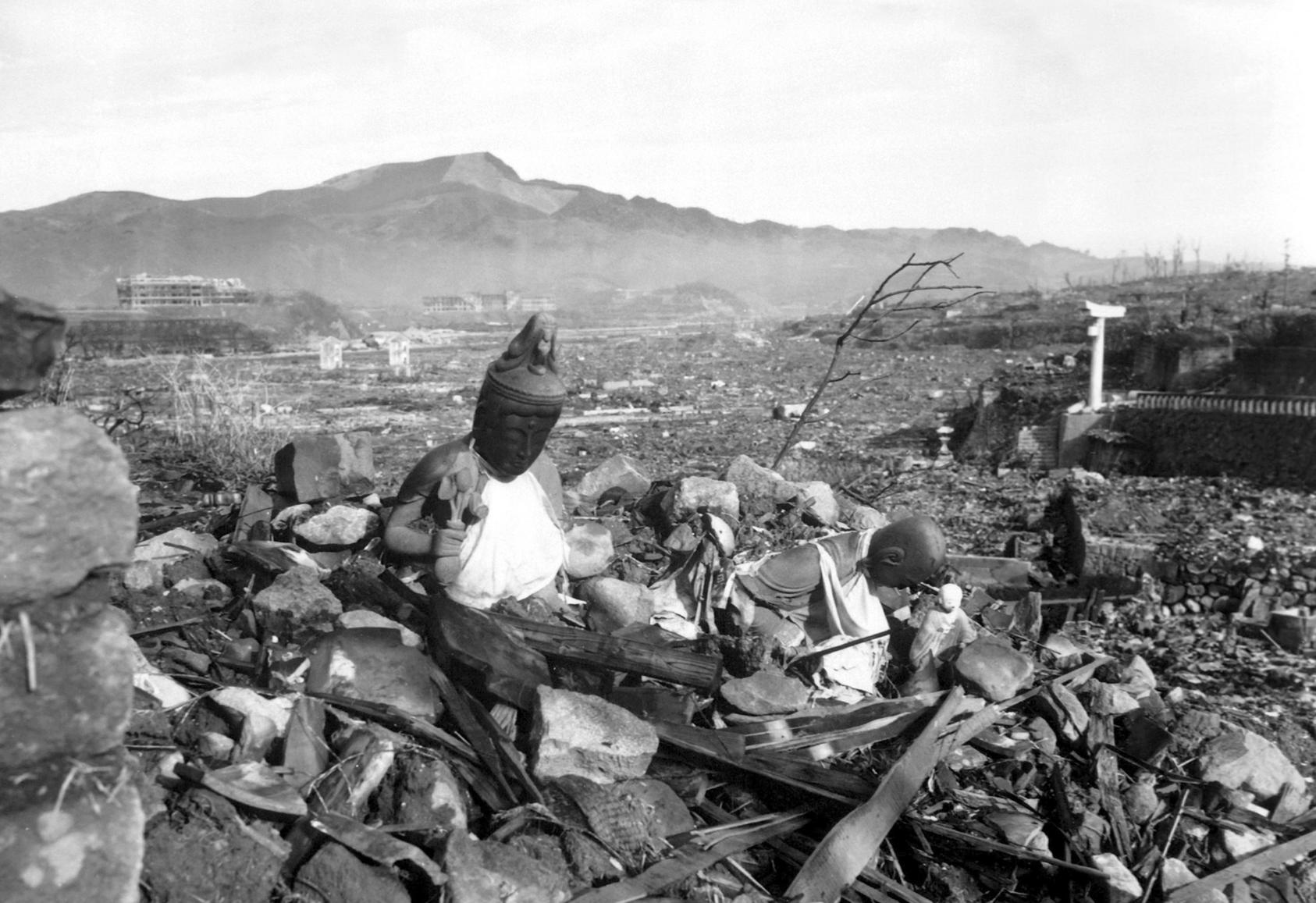
A Hard-Core Discipline
“I'm naturally an optimist, but in the past 30 years I've seen little cause for hope” for humanity’s survival, Mapes wrote in 1979. He lamented that many American peace advocates called simplistically, he said, for unilateral disarmament—“hardly an exercise in realism.”
But a practical step, Mapes said, was a national peace academy—similar to America’s military universities at West Point and Annapolis—to develop and spread the emerging art and science of resolving conflict without violence. Psychologists, sociologists, anthropologists, and other scientists had “discovered a new synthesis,” largely through work on labor-management relations, he noted. “Conflict resolution has finally emerged as a new, hard-core discipline involving teachable principles of analysis and effective techniques for the peaceable settlement of disputes,” he wrote, citing President Jimmy Carter’s use of those techniques months earlier to win the Camp David peace accords between Israel and Egypt.
In Congress, Hatfield and Indiana Senator Vance Hartke, another World War II Navy veteran, had been introducing bills since the 1960s for a peace academy. Now Mapes built the National Peace Academy Campaign with endless speeches in churches and classrooms. He won support from community groups and scholars.
The Citizens’ Campaign
“When I run into old New England friends these days, they ask me, ‘What you doin' these days, Mapes?’ he told audiences. "I'm workin' for my grandchildren," he would explain—grandchildren he did not have but who he hoped would live to see a world free of the threat of annihilation.
Mapes’ work multiplied the membership of the citizens’ campaign, and its voice, expressed largely through letters sent to members of Congress. A Wichita, Kansas school board member, Dan Glickman, elected to Congress in 1976, recalled a tide of postcards in the mail—eventually 40,000 of them—urging support for “the peace academy.” He became a leading sponsor. Congress mandated a commission, headed by Matsunaga, to study the idea—and the citizens’ campaign mobilized popular support for it at public hearings.
In 1984, the congressional advocates of a national peacebuilding institution won passage of a bill to create the U.S. Institute of Peace. “The peace institute would not be here if not for Mike Mapes,” according to a member of USIP’s inaugural board of directors, the Rev. Sid Lovett. USIP would be formally created in October—the month USIP has just marked as the start of its 35th anniversary year.
The Debt We Owe
As that final, formal passage neared in 1984, Hatfield stood in the Senate to celebrate this choice to build for America a new capacity to reduce wars as well as to fight them. But his joy was muted. Days earlier, his campaign partner, fellow Navy veteran and co-witness to nuclear war, Mike Mapes, had died of leukemia at age 61.
“My enthusiasm is tempered by sadness,” Hatfield said. “Perhaps one of the most visionary and dedicated advocates of not only this idea but also the pursuit of peace around the globe was Mike Mapes. … Mike brought a personal face to this fight, a strength and vision to the crusade. If the potential of the Peace Academy can be realized, perhaps we will succeed in making the world about which Mike cared so very much a little better.”
Thirty-five years later, the U.S. Institute of Peace works in Washington and in more than 50 countries abroad. We deploy teachers, researchers, mediators and other specialists to help countries resolve their conflicts without bloodshed. We do this work as Mike Mapes did his—embodying our nation’s values and making partial payment to our grandchildren of the debts we owe for our elders’ sacrifices in the cause of peace. On Veterans’ Day, we honor the countless men and women who have made those sacrifices in uniform.
